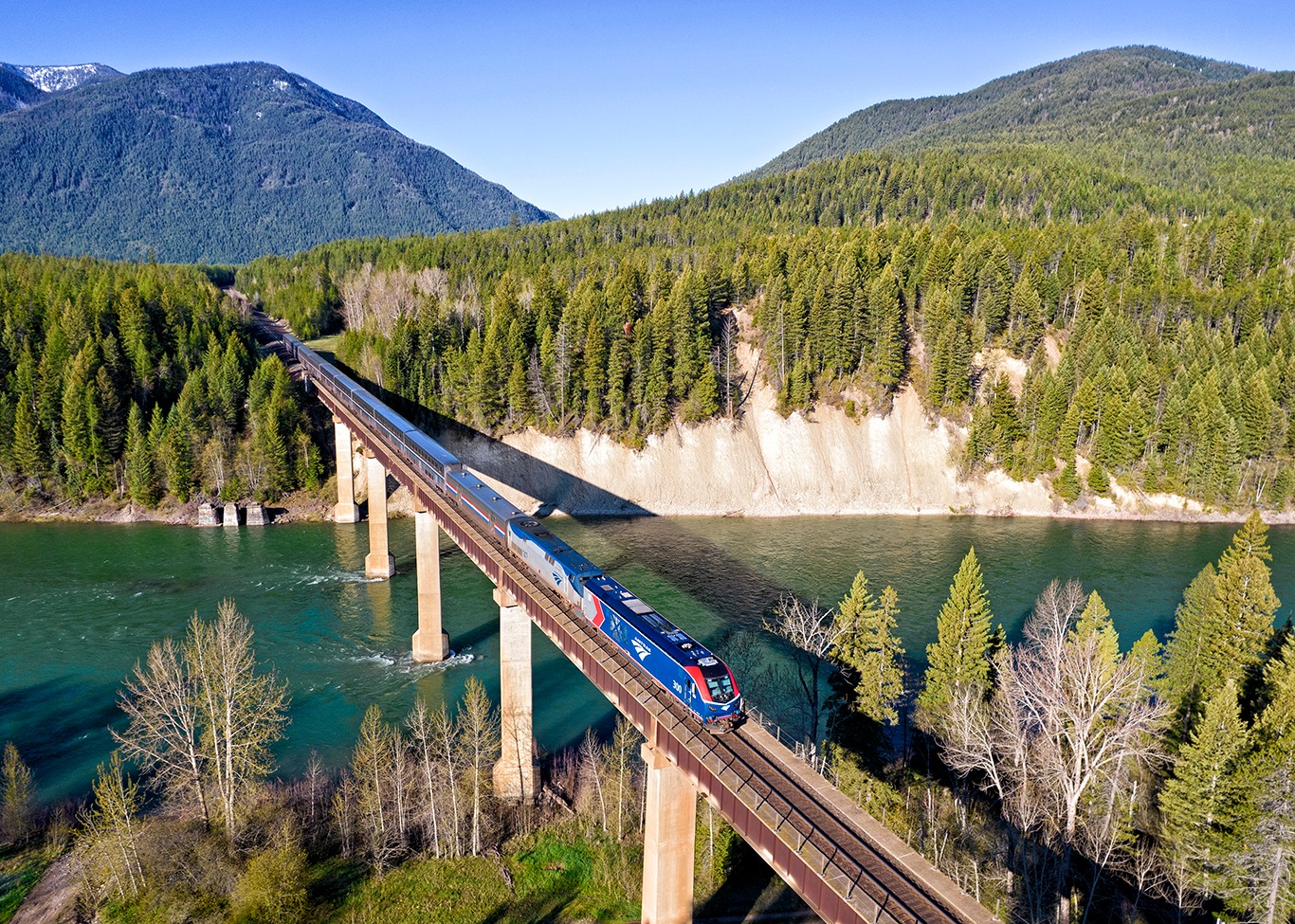 Amtrak has submitted applications for approximately USD 716 million in Federal Railroad Administration (FRA) funding for 16 proposed long distance train services which will significantly reduce travel time and expand operator’s service network.
Amtrak has submitted applications for approximately USD 716 million in Federal Railroad Administration (FRA) funding for 16 proposed long distance train services which will significantly reduce travel time and expand operator’s service network.
The applications were submitted through two FRA programmes funded by the Infrastructure Investment and Jobs Act (IIJA), including the Federal-State Partnership for Intercity Passenger Rail Programme funding opportunity for projects outside the Northeast Corridor and the Corridor Identification and Development Programme (Corridor ID Programme).
The proposed projects include multiple Cardinal and Sunset Limited service improvements, which will increase train service to operate daily from currently up to three times per week (Corridor ID Programme), the increase of Cardinal train speeds between Indianapolis and Dyer, in Indiana, Sunset Limited passenger service returning to Phoenix. Projects also include signalling modernisation of Southwest Chief train service between Colorado and New Mexico, rail enhancements in Montana for Empire Builder train, I-20 Crescent service extension from Mississippi through Louisiana to Texas and the construction of new Crystal City station that would add service to Arlington, in Virginia.
Operator’s long distance train services “are vital mobility and economic links for communities around the country and we’re continually working to enhance them. These grant applications reiterate our commitment to improving service for all Amtrak customers, from small, rural towns to major metropolitan areas,” Amtrak Board Chairman Tony Coscia said.
In addition to these long distance grant applications submitted in conjunction with various partners, Amtrak also applied for several grants to improve Northeast Corridor and State Supported routes and provided letters of support for 83 projects outside the Northeast Corridor submitted by others. On the Northeast Corridor, Amtrak submitted 14 projects for a USD 7.3 billion federal funding to cover the investment needed in modernising and improving the train stations, the rail infrastructure, signalling systems and expand the services.
In FY2022, operator’s long distance ridership increased by 56.1% compared to the similar period of 2021 reaching almost 3.5 million passengers, representing 15% of Amtrak’s total ridership. The company operates three main long distance routes (Southeast, Central and Southwest routes) comprising of 15 passenger train services on a network of 1,200 – 4,000 km.
Under the Infrastructure Law, FRA has been required to evaluate the restoration of daily intercity passenger service and to explore the potential for new long distance train services / routes to be operated by Amtrak. As a result, a study will be developed based also on stakeholder engagement, a process that began in September 2022 and will be concluded in late 2023. The study aims at delivering a vision to create a unitary long distance rail service system which is able to remove the missing links and deliver passengers increased accessibility to such services as well as to reduce travel time and provide additional connections.
Across the U.S., the discontinued routes are estimated at a length of over 9,500 km and cover the Pan American route (which would link Orleans and Cincinnati), George Washington route (between St. Louis – Missouri and Washington, D.C.), Floridian train (between Chicago, St. Petersburg and Miami) and San Francisco Chief line (between Chicago and Richmond).
The FRA’s Amtrak Daily Long-Distance Service study identifies 36 routes which can be restored of expanded to provide connections to the towns and regions who do not have such train services and will encourage people to choose rail services against road transport.
Apart from a geographical perspective (there are six identified regions), the study analyses the potential of the routes considering the average length of the journey, the type of the provided service (such as standard, sleeper, business, as well as daily and night train services), performance criteria and the issues causing the train delays.
Share on:






